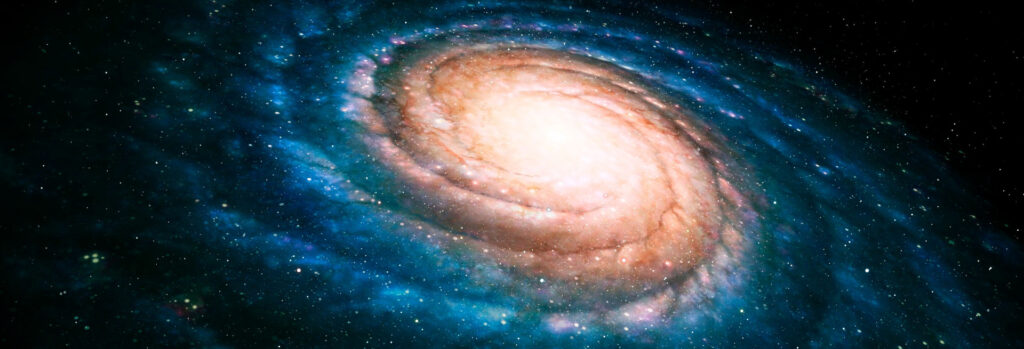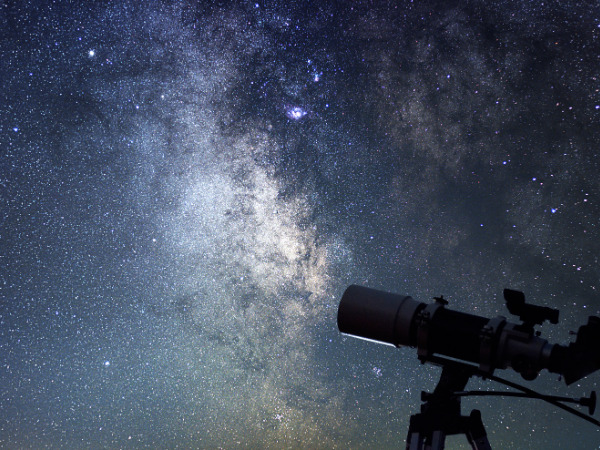New Clean Hydrogen Tax Credit on the Horizon
A new tax credit, the clean hydrogen tax credit, may be on the horizon for businesses that invest...

NASA’s James Webb Space Telescope (JWST) was launched into space late in 2021, and in its first year of science operations, it has already delivered on its promise to reveal the universe like never before. Check it out:
“James Webb Space Telescope has transformed humanity’s view of the cosmos, peering into dust clouds and seeing light from faraway corners of the universe for the very first time,” exclaimed NASA Administrator Bill Nelson, capturing the essence of the telescope’s groundbreaking achievements.
One of the most captivating experiments conducted by JWST researchers involved an attempt to detect intelligent life from the only known habitable and inhabited planet in the universe—Earth itself. For this purpose, the team took a spectrum of Earth’s atmosphere and intentionally degraded the data to simulate how it would appear to an observer many light-years away. Utilizing a computer model that mimicked JWST’s sensor capabilities, they aimed to detect key biosignatures and technosignatures, such as methane and oxygen (produced by biological life), as well as nitrogen dioxide and chlorofluorocarbons (CFCs) generated by human activity. The preliminary results indicate that JWST has the potential to detect both intelligent and non-intelligent life markers in Earth’s atmosphere, a discovery that could have profound implications for the search for extraterrestrial life.
Beyond Earth, JWST has ventured into the cosmic playground, capturing breathtaking images and uncovering profound insights. It turned its discerning eye towards Herbig-Haro 211 (HH 211), a pair of star matter jets originating from a nascent star located 1,000 light-years away in the Perseus constellation. These supersonic jets offer a glimpse into the explosive and dynamic birth of stars, revealing the wonders of the universe’s formation.
In another remarkable feat, the JWST observed Saturn and unveiled a cooling trend on the gas giant driven by massive air flows that reverse direction as Saturn’s seasons change. The telescope’s Mid-Infrared Instrument (MIRI) enabled scientists to peer deep into Saturn’s atmosphere, providing a unique perspective on the planet’s atmospheric dynamics outside the capabilities of our eyes.
Moreover, the telescope has peered into the atmospheres of exoplanets, revealing tantalizing evidence of carbon-based molecules on K2–18 b, an exoplanet suspected to harbor conditions conducive to life. It has also detected dimethyl sulfide (DMS) in the same exoplanet’s atmosphere, a compound typically associated with biological activity, sparking excitement among astronomers.
The telescope has also set its sights on Earendel, the most distant star ever detected, shining its light less than a billion years after the Big Bang. Despite the mind-boggling distance of 28 billion light-years from Earth, JWST’s powerful eyes have allowed astronomers to study this ancient star, shedding light on the universe’s early history. The JWST has challenged existing theories about galaxy formation by revealing massive galaxies that existed only 500 to 700 million years after the Big Bang, a timeframe previously believed to contain only young, infant galaxies. This revelation pushes the boundaries of our understanding of cosmology and prompts a re-evaluation of our cosmic origins.

Not only had the JWST uncovered distant cosmic wonders but it has also turned its gaze towards our home galaxy. It has captured mesmerizing images of the Whirlpool galaxy, offering a glimpse into the turbulent relationship between this spiral galaxy and its dwarf neighbor, NGC 5195. These images serve as a testament to the telescope’s ability to inspire awe and wonder among astronomers and the public alike.
Finally, the beloved JWST has also made its mark in the ongoing cosmic debate surrounding the Hubble tension—the unresolved puzzle concerning the rate at which the universe is expanding. In a recent revelation, the telescope not only weighed in on the situation but deepened the mystery. The Hubble constant, a vital number in calculating the universe’s expansion rate, remains elusive, and the JWST’s findings suggest that technical issues with measurements may not be the culprit. This discrepancy challenges our understanding of the universe’s fundamental properties.
As the James Webb Space Telescope continues to push against the limits of our understanding of cosmology, it leaves us with a profound sense of wonder and curiosity, beckoning us to explore the universe’s secrets further. With each passing moment, this remarkable telescope offers us a new perspective on the cosmos, enriching our understanding of the universe and our place within it.
Businesses that are innovating in this sector are likely to be eligible for several funding programs including government grants, and SR&ED.
Want to learn about funding opportunities for your project? Schedule a free consultation with one of our experts today!
Explore our latest insights
More arrow_forward
A new tax credit, the clean hydrogen tax credit, may be on the horizon for businesses that invest...

The Clean label has transitioned from trend to a lifestyle placing pressure on the food and bever...

The Industry 4.0 represents a blend of two industries: information technology and manufacturing. ...

Provincial governments are slowly unveiling their provincial budgets outlining fiscal strategies ...